One of the best elicitation techniques available to promote diverse and creative thinking is Brainstorming. Advertising executive, Alex Osborn, created the term “brainstorming” in 1939. According to Osborn, “Brainstorm means using the brain to storm a creative problem and to do so ‘in commando fashion’, each stormer audaciously attacking the same objective.”
But how do you get people to audaciously attack the same objective? Many creative people are quiet or concerned in providing their ideas in a group setting. As a Facilitator, it’s our job to help these folks feel safe to voice their ideas.
I’ve been using the Pass the Trigger exercise for years to encourage fast (10 minutes) and easy brainstorming. Pass the Trigger is a great activity for encouraging and making brainstorming safe in a group environment and then later, encourages group interaction.
Materials:
· Different colored index cards or sticky notes for each participant
· Pens/pencils for each participant
Time:
10-20 minutes (depending on the number of participants)
Instructions:
· 4-7 Participants are seated around a table. Each participant has a stack of cards (I like to use sticky notes if I plan on posting ideas on a display board for further discussion). You may use different colored cards for each participant to identify the author of the idea if any clarification is needed. You can use the same color cards if you want the make the brainstorming anonymous.
· The facilitator provides a problem statement, question or topic for all to see. Each person writes their ideas about the question, one idea per card, and places them in a pile to their right. When a person runs out of ideas, she draws a card from her neighbor’s stack on her left to get inspiration for a new idea. If that card triggers a new idea, she writes the new idea on a card, and passes all of them, and the trigger card, to the pile on her right.
· As participants draw trigger cards from the pile on their left and put them to their pile on their right, all of the cards will eventually circulate counterclockwise around the table because participants like to see what ideas other participants came up with. Once the cards have been circulated, the brainstorming is done.
· The participants can then collect all of the cards at their table and sort them into relevant categories and remove any duplicates.


